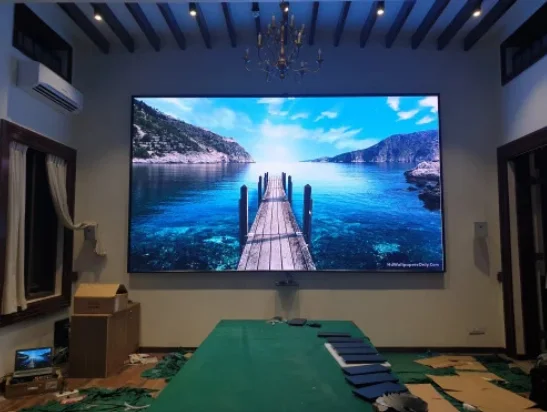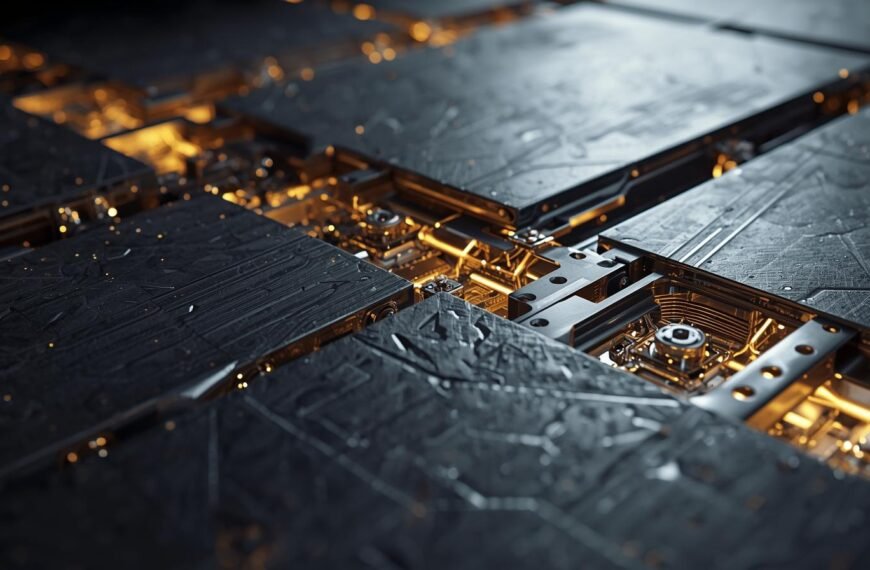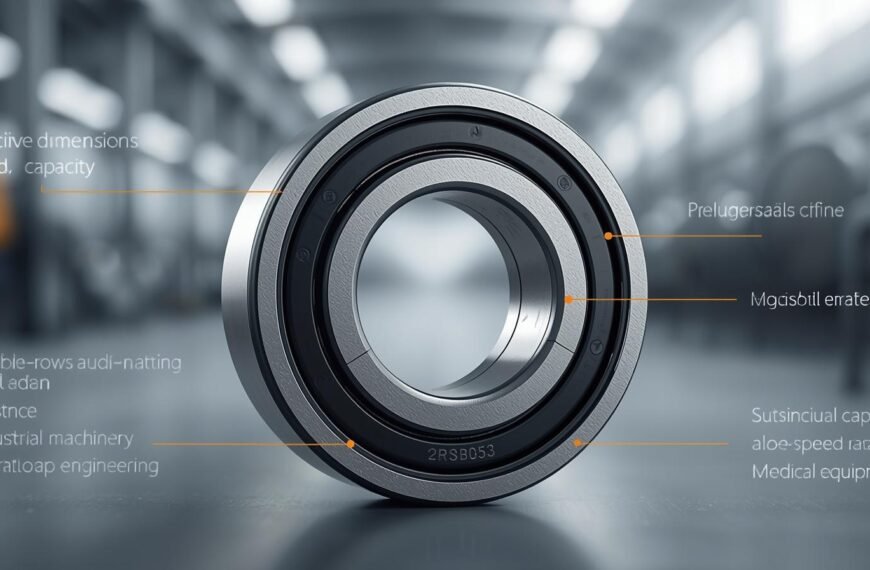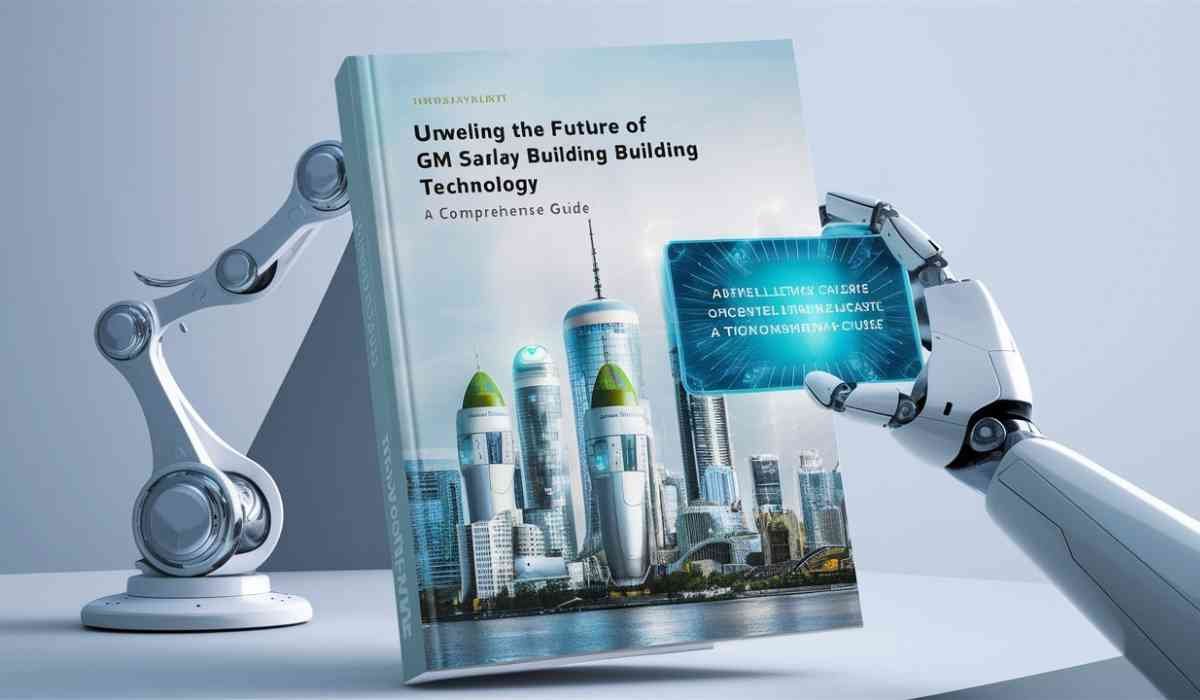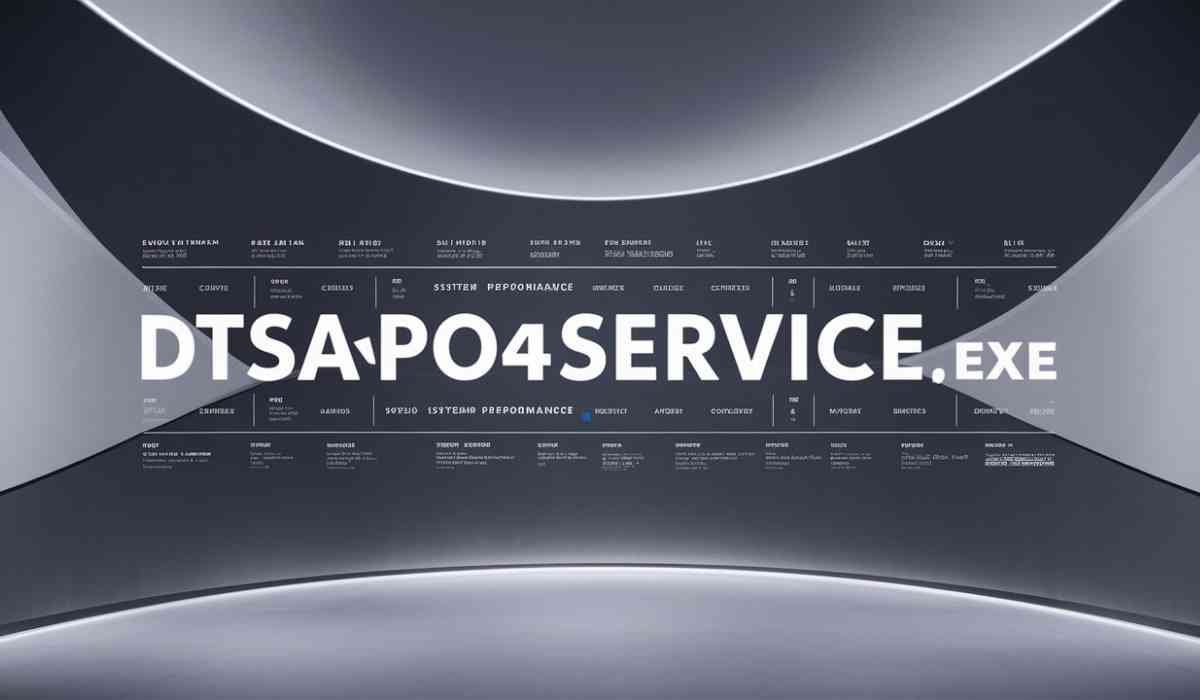In today’s digital first world, indoor LED display are changing the way that businesses, education institutions and event organizers communicate with their audiences. These richly vibrant and high resolution screens have become key tools to engage visitors, to share real-time information and to give lift to interior environments. Whether it’s a shopping centre, classroom or conference venue, LED displays bring visual communication to life and make an immersive atmosphere that is just impossible to experience with signage as we know it.
As the LED technology progresses and advances, these indoor LED displays are getting cost-effective and energy-efficient with customization features, making it more popular to be used in modern spaces that need flexibility and impact.
Enhancing Experiences with Indoor LED Displays
The beauty of indoor LED displays is that it turns regular spaces into visually captivating spaces. In commercial spaces, these displays are used to promote, present brand storeys, and digital advertisements that are guaranteed to capture attention in an instant. For educational institutions, LED display units are seen as a way to bring the delivery of education to a more interactive and dynamic level in replacement of the reserved projector with high definition visual and multimedia media presentation display.
At events and exhibitions, massive indoor LED screens help to produce unforgettable experiences through visualisations of the real-time updates along with motion graphics and even the social media feeds. The net result is that it entails an environment in which content stands out as if it had life, and where audiences carry on their engagement with it. Whether utilised as a digital billboard, information board or interactive display, it is LED technology that offers unmatched versatility and brilliance that redefines indoor communication.
Key Advantages of Indoor LED Displays
Vivid Visuals
One of the most significant advantages of indoor LED displays is their stunning visual quality. Unlike traditional LCD screens or printed posters, LED technology offers high brightness levels and exceptional colour accuracy, ensuring that content looks sharp and vivid even in well-lit environments.
With pixel pitches as fine as 1.2 mm or lower, modern indoor LED displays deliver crystal-clear images, making them perfect for close-viewing applications such as retail stores, control rooms, and corporate lobbies. These displays are designed to captivate audiences, making any message more memorable and impactful.
Versatility
Another major advantage of indoor LED displays is that they are a flexible type of display. They can be made to custom fit within a range of dimensions and configurations – from panoramic video walls to column wraps and creative curved designs.
For example, retail stores use LED show screens to display advertisements and give a focus to their products. Restaurants incorporate LED menu boards for the purpose of promoting daily specials and promotions. In institutions and universities, to give examples, educators use LED walls for multimedia education lessons, interactive maps and visuals to better engage students and maximize learning information.
This versatility means that indoor LED displays can be adapted for use in any place and carry out both aesthetic and functional roles minus any discomfort.
Cost-Effectiveness
While the initial cost of an indoor LED display may be high, it is a cost-effective solution when compared to other display options in the long run. Unlike printed banners and posters that need to be replaced regularly, digital LED content can be updated instantly and without cost in terms of printing or labour.
Moreover, modern LED displays are made with energy efficient diodes that are much more energy efficient than older display technologies. High lifespan: Stator bars usually have a long life (above ten thousand hours), which leads to a reduction of enormous maintenance and replacement costs in the long run. For businesses that want to invest for the long term, indoor LED displays are a smart and sustainable investment.
Interactivity
Modern indoor LED displays are not static displays; they are interactive and intelligent museum displays. Many systems now include touchscreen graphs or motion-sensors having connectivity with smartphones or other devices.
This interactivity enables companies to interact directly with customers. For example, a shopping mall can include directories or catalogues for visitors to cheque, and an interactive LED map can be used for way finding. In the education sector, touch-sensitive LED walls are able to facilitate collaborative learning among students, with teachers using the interactive panels to involve all the students as active learners.
The ability to present real-time updates – such as event schedules, live social media or breaking news – adds further value and relevance to them.
Applications of Indoor LED Displays
Commercial Spaces
In the retail and corporate setting, indoor LED displays are a great marketing tool. They engage customers with dynamic digital signage, product promotion and branding campaigns. Malls and showrooms work with LED walls to create immersive experiences that prompt people to stay longer and increase their sales conversions.
Corporate offices also use LED displays in lobbies and meeting rooms to display company achievements, welcome messages and corporate videos that give their brand an added boost.
Academic Institutions
Indoor educational displays LED displays are being used more and more to enhance engagement and to communicate in various forms of education. From announcement boards that can be digitally displayed to giant LED screens used in lecture rooms, they enhance learning and television viewing with their application and multiplexes.
Students are more responsive to the visual aid and the ability to present videos, charts and animations help to understand. In universities, LED screens also appear as a tool for pushing information about events on the campus and publicising the student’s achievements.
Event Spaces
In places like event venues, conferences and exhibitions, indoor LED displays are indispensable. They are used to provide presentations, live streaming sessions and showing sponsor advertisements in real-time. Unlike projectors, LED does not lose its brightness or clarity in high lighted halls.
Event organizers like the flexibility of changed shape and size of LED panels depending on theme and stage design. Whether for product launches, trade shows or entertainment events LED screens have their job cut out to ensure every attendee has a visually engaging experience.
Future Trends in Indoor LED Displays
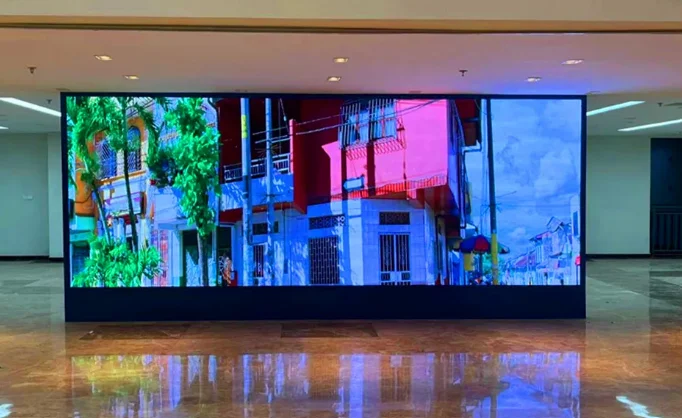
The future for indoor LED displays looks even brighter with fast and furious technological advancements. The automatic generation of content and its targeted display to its audience will be possible through the confluence of artificial intelligence (AI) and data analytics. For instance, AI-based systems can work out audience demographics, and modify content, so it reaches the connection and engagement goals.
Furthermore, the energy efficiency is improved with manufacturers’ invention of low-power LED chips and sustainable materials. In addition, there are emerging technologies like micro-led and transparent LED, which not only have even better resolutions, but in addition more remarkable designs. All these innovations will make LED displays indoors smarter, more energy-efficient and more flexible than ever before.
Conclusion
Indoor LED displays are having become indispensable resources for contemporary communication and interaction. They combine beautiful visuals, flexibility, and affordability to create memorable experiences in a variety of places – from retail stores to universities, gift shops to airports, conference halls to entertainment venues.
As technology continues to advance, the role of indoor LED displays will only continue to grow, and will provide possibilities of even more interactive, energy-efficient, and intelligent solutions. Organisations and businesses seeking to improve their areas should cheque out the various offered choices and take advantage of the future of electronic display innovation right now.

